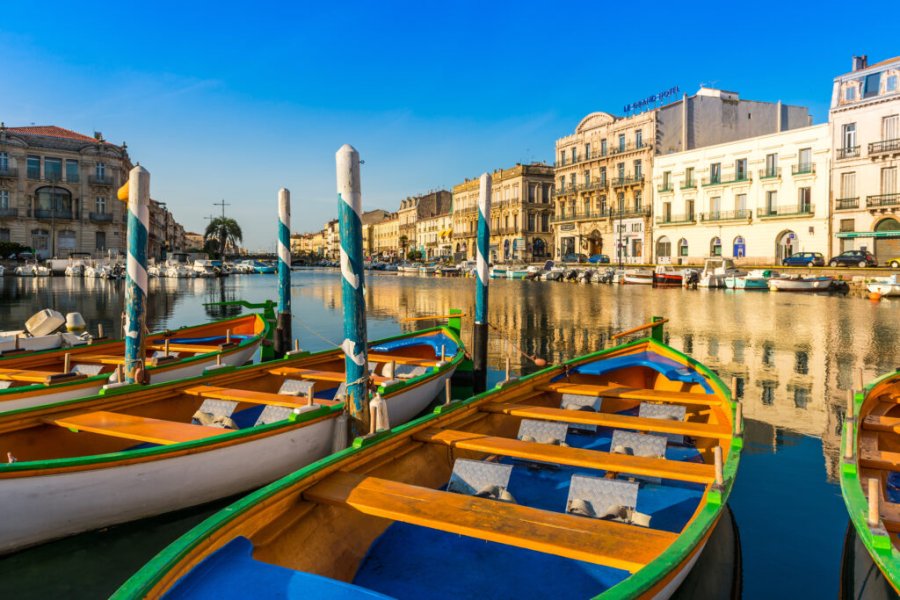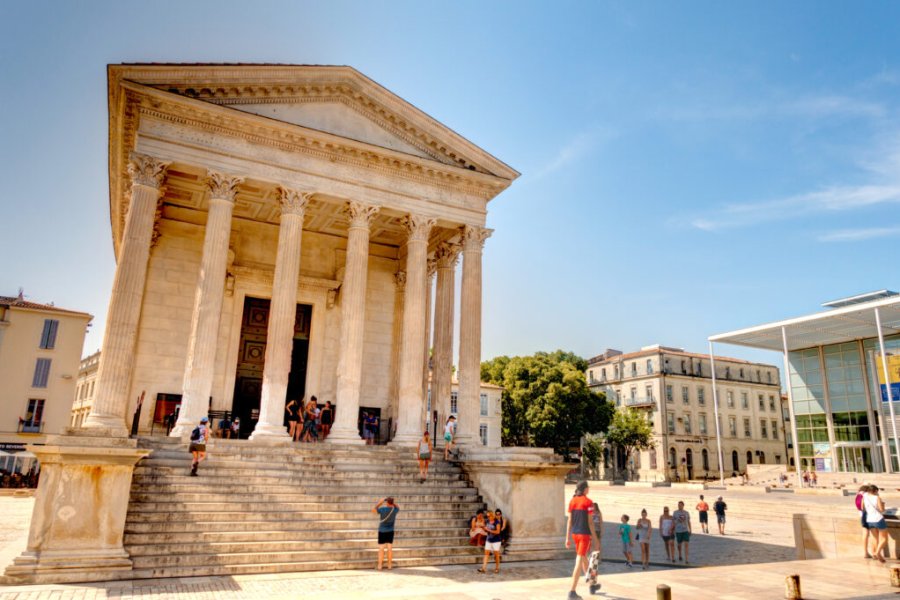Travel Guide Bais
Find an accommodation
Advertising
In Visayan, bais means "elongated fish" (a type of eel). This particular aquatic species became famous thanks to a language misunderstanding, which occurred when Spanish settlers decided to venture into the area by sailboat. They came across some bais fishermen and asked them for the name of the village. The fishermen, believing they were being asked what they were fishing for, replied in chorus: "bais". This peaceful, unspoilt rural town has a population of 85,000. It lies on the banks of the Strait of Tanon, 45 kilometers north of Dumaguete. Bais is made up of thirty-five prosperous barangays. Its economy is based on agriculture, sugar production (two factories) and coconut growing. Sugar cane fields account for 36% of its land area. Fishponds also play an important role, on both sides of the town. The wetlands, located on the coast, are reserved for shrimp and bangus cultivation in artificial basins. Bais doesn't really offer a beach; instead, mangroves and mangrove trees invade the 378-hectare shoreline, and a walk through them is a must. Bais is famous as one of the best places to go dolphin-watching, off the Strait of Tanon.
Suggested addresses Bais
Weather at the moment
Advertising
Organize your trip with our partners Bais
Transportation
Book your plane tickets
Car Rental
Boat rental
Accommodation & stays
Find a hotel
Holiday rental
Find your campsite
Tailor-made trip
Immersion travel
Services / On site
Activities & visits
Find a doctor



